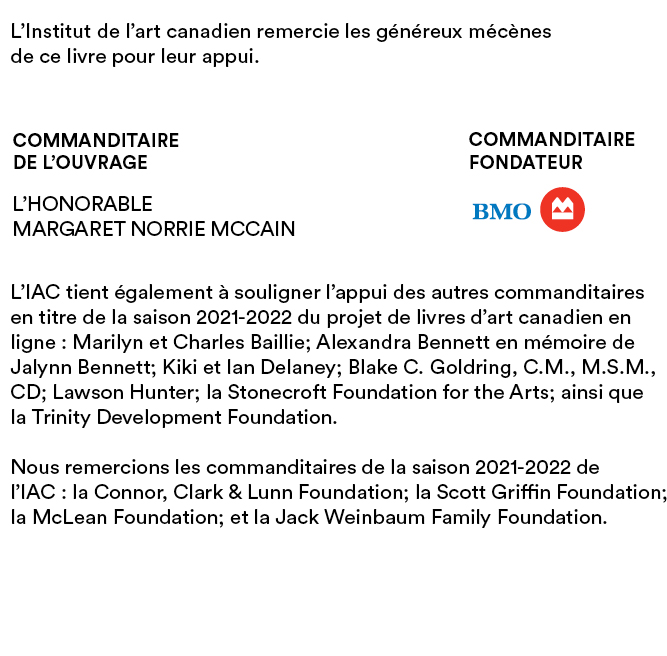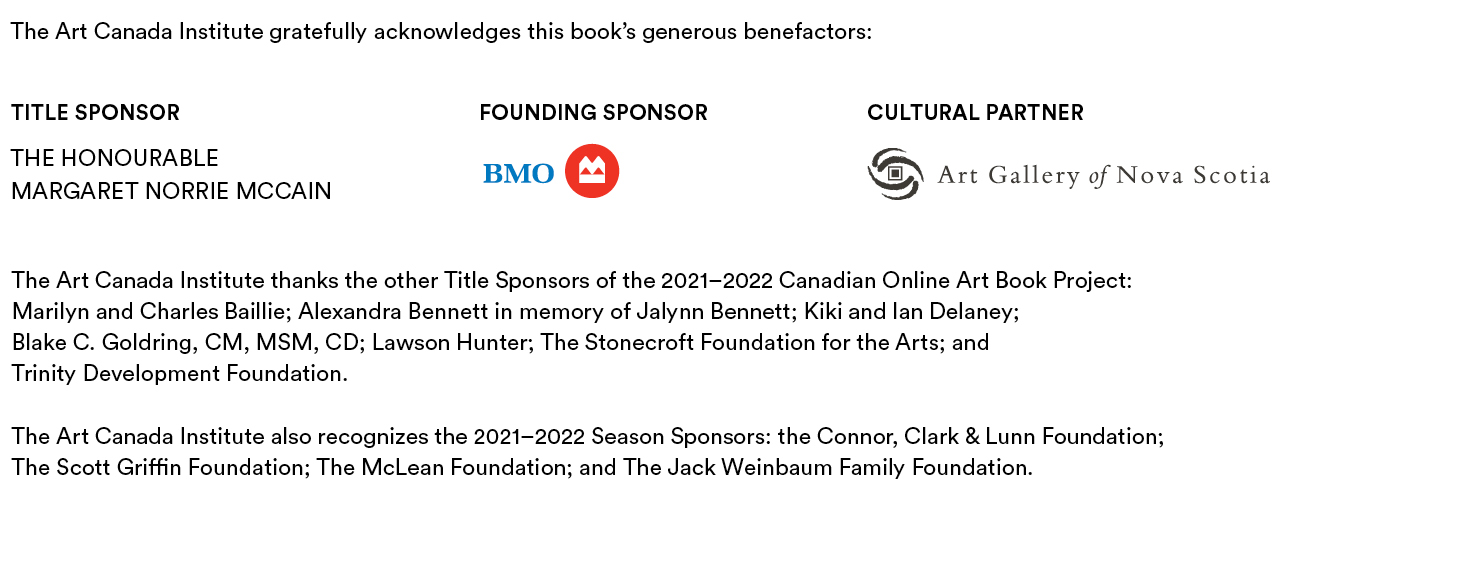When it comes to folk art in Canada, there’s before Maud Lewis (1901–1970)—and after. Through her vivid, joyous paintings of brightly coloured landscapes, animals, and flowers, Lewis redefined how folk art is perceived by collectors, curators, and critics alike, and propelled Canadian galleries to collect and exhibit the once obscure artform.
Born and raised in rural Nova Scotia, Lewis spent much of her life in physical pain, suffering from juvenile rheumatoid arthritis. She lived in a one-room house in Marshalltown with her husband, Everett Lewis, and, over time, covered nearly every inch of it with her paintings, from the windowpanes to the wallpaper—even the dustpan. Now famous as “Maud Lewis’s Painted House”, the preserved site was her studio, gallery, and most famous creation. Working in isolation and challenging conditions, she forged her reputation and a surprising volume of inspirational work. Ultimately, she triumphed over poor health and poverty, finding solace in artistic creation.
“Maud Lewis has become one of Canada’s most renowned artists and a symbol of Nova Scotia. Her work continues to enchant, decades after her death, and Lewis’s hopeful example of finding joy even in the shadows is the artist’s enduring legacy.”
Ray Cronin
Today, Lewis has become one of Canada’s most cherished artists, well-known through national media and the subject of an acclaimed feature film. Despite her fame, few Canadians are familiar with the intricacies of her work. In Maud Lewis: Life & Work, author Ray Cronin deftly explores her story and creative legacy, and pays tribute to the cheerful paintings that testify to her indominable spirit and will to create beauty in spite of adversity.
Ray Cronin is an author and curator who lives in Nova Scotia. His books Alex Colville: Life & Work and Mary Pratt Life & Work were published by the Art Canada Institute in 2017 and 2020, and he is also the author of Our Maud: The Life, Art and Legacy of Maud Lewis (Art Gallery of Nova Scotia), and five numbers of the Gaspereau Field Guides to Canadian Artists. He has contributed essays to over sixty books and catalogues on Canadian artists, and regularly writes for Canadian and American art magazines.

